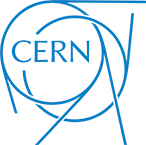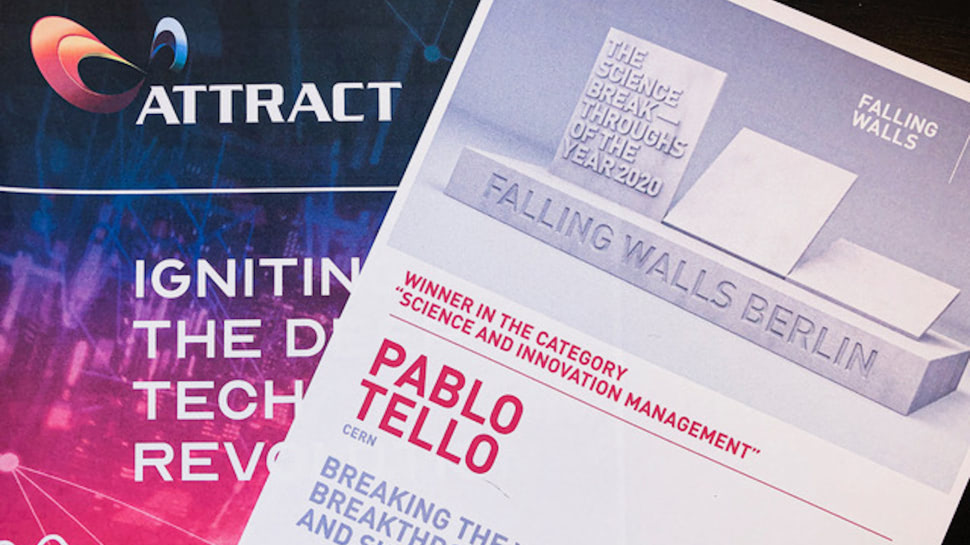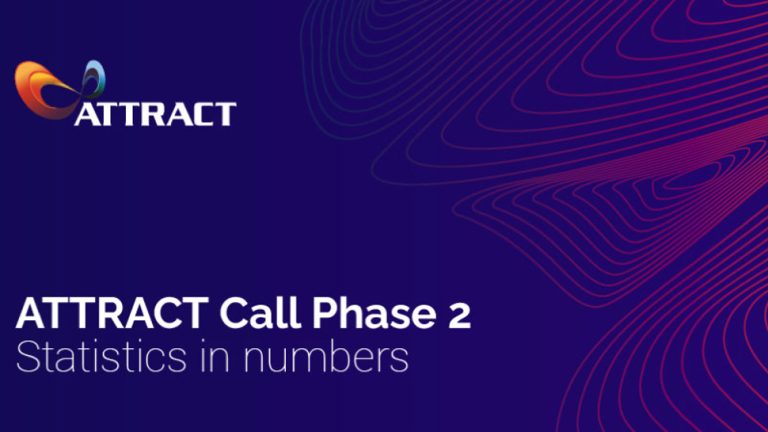The Falling Walls conference featured CERN during its online 2020 event, hosting a debate entitled “Does CERN need another supercollider?” and giving a prize to the European-funded ATTRACT project.
Falling Walls, an organisation based in Berlin, is known for its highly produced and well-attended annual conference, which covers “the next walls to fall in science and society”.
Falling Walls bestowed a prize on the ATTRACT project. “The ATTRACT project proposes a change in mindset on how new technologies can be funded. It aims to streamline the pathway of innovation from fundamental research to society”, said Pablo Garcia Tello, coordinator for European-funded projects at CERN.
During Phase l, ATTRACT was granted €17 million to fund 170 breakthrough projects for 12 months, enabling them to implement and develop their research idea before presenting their work at the Final ATTRACT Conference in September 2020. ATTRACT has just received its second-round grant from the European Commission, as a continuation of ATTRACT Phase l. The grant consolidates the recognition of European research infrastructures as innovation drivers. The online kick-off meeting for this second phase will take place on 1 February from 9 a.m. CET and is open to the public.

About CERN
Founded in 1954, CERN is the European laboratory for particle physics. Sitting astride the Franco-Swiss border near Geneva, it was one of Europe’s first joint ventures and now has 22 member states. CERN operates a unique range of particle accelerators that enable research into the fundamental particles and laws of the Universe, including the Large Hadron Collider (LHC), the largest scientific instrument on Earth. The 60-year history of CERN is marked with impressive achievements in the construction and operation of powerful linear and circular accelerators. Moreover, CERN offers unique infrastructures for the development of the most sensitive particle detectors in the world, including the four main LHC detectors – ATLAS, CMS, ALICE and LHCb. General-purpose test beam lines provide beams of electrons, muons and hadrons in a very wide energy range for testing the detectors used in the LHC and in its major upgrade, the High-Luminosity LHC, as well as in future colliders and in neutrino experiments.



